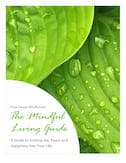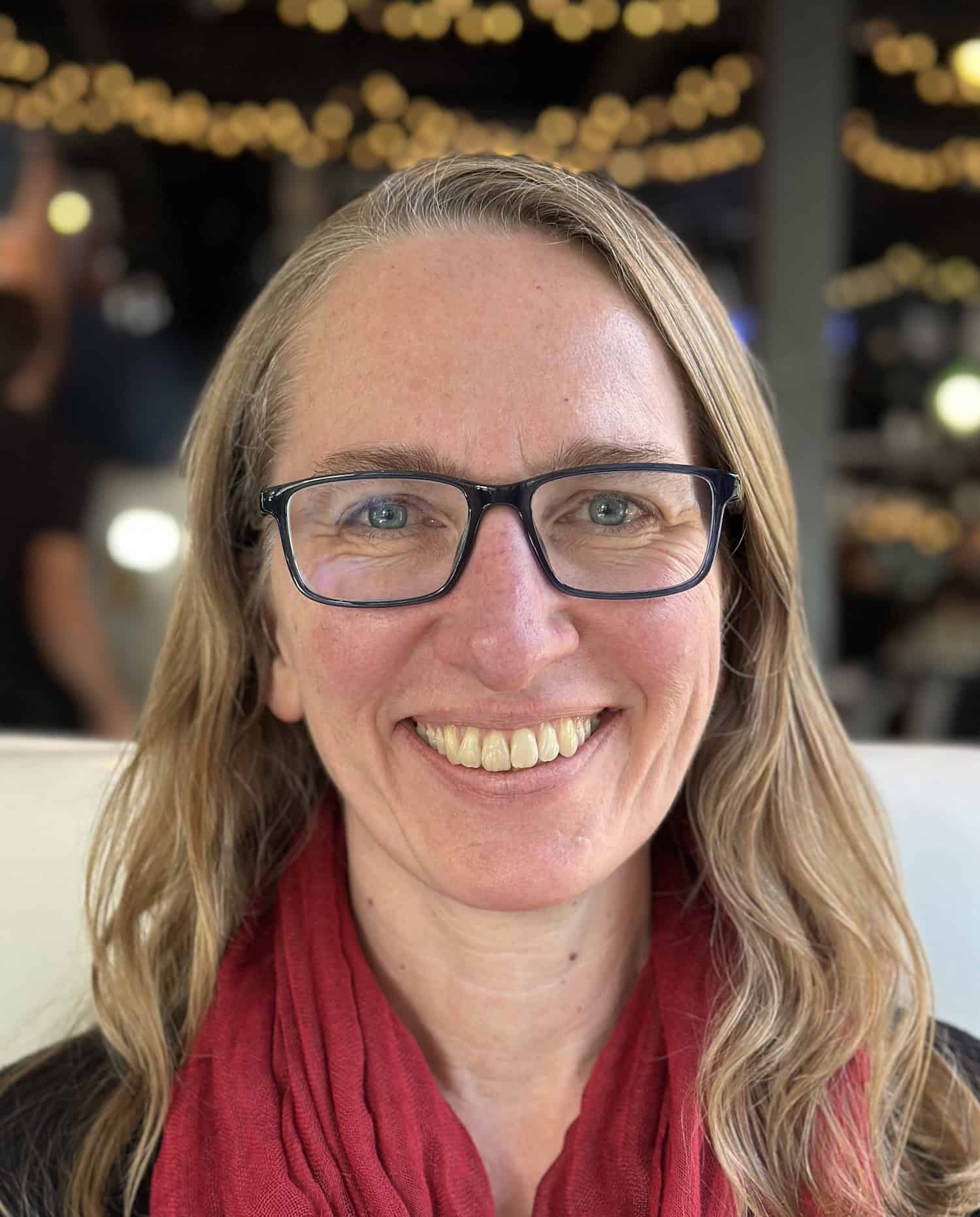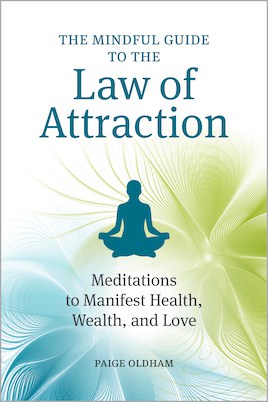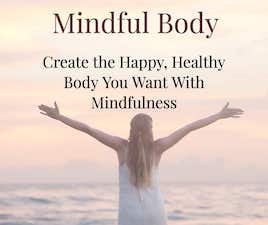What would you say your top three priorities in life are? Family? Health? Relationships? Career? Finances?
Now examine your average day. Where do you spend your time? Does how you spend your time reflect what you think your priorities are? For many people, this is an eye-opening thought.
Many of us will say that our family and relationships are some of the most important things and yet we spend very little time there, taking for granted what we have. Assuming that it will just be there for us when we need it, without our feeding it and giving it energy.
Speaking from personal experience, this doesn’t work. You have to show the people in your life how important they are to you by spending time with them. Material gifts can’t buy that time.
Additionally, people will say that following their passions, practicing a hobby or having fun are priorities and yet these get pushed back. I blame the proverbial “Protestant upbringing” so ingrained in our society that says work comes before fun and work can’t be fun. When you stop and think about that, it sounds absurd and yet it’s what seems to rule my subconscious. It’s definitely some programming I’m working on changing.
And how many priorities can one realistically have? I have found the answer to be three. If you rank your priorities in their order of importance in your life (or rank the categories where you spend your time each day), it’s hard to have more than three on a consistent basis.
When I examine my average day, my top activities are health, family, and job. I would love to put “following my passion” and “more fun” in there but it would max out my day. With a husband, three little kids and a full-time job, it’s hard to add much more. I add what I can when the top three can flex a little or when I can combine them (i.e. having more fun with my family).
I used to let this frustrate me but realized that’s just the “not enough” programming that’s also ingrained in our society. Leo Babauta recently discussed this in a Zen Habits post: How to Be Happy Anytime.
We’re constantly comparing what we’re doing, what we look like, what we have to something better which sends our subconscious the “not enough” or “not good enough” message that makes us unhappy most of the time.
Notice next time you do this. You’ll be surprised how often it happens.
After getting into the habit of just noticing without judgment, make a conscious effort to choose a different thought. Choose to be OK with the present moment and situation. Find reasons why it’s perfect.
If you’re in the middle of a difficult relationship or situation, what are you learning from it? How can you improve your life because of it? If you’re doing something boring or mundane, do it mindfully and notice all the nuances of it. If you’re doing something you hate, think about why you’re resisting it and who the resistance is serving.
Your life will never be the same. You’ll be much happier.
Let me know what your top priorities are. If you can fit in more than three on most days, I would love to hear how you do it.
Create the life you want: Combine the law of attraction with mindfulness
The law of attraction suggests that our positive or negative thoughts bring about positive or negative experiences. My latest book, The Mindful Guide to Law of Attraction, pairs that belief with the powerful practices of mindfulness. Through intentional breathing, writing, and engaging, you’ll hone a method for manifesting health, wealth, and love―the elements of happiness.
Let the law of attraction work for you by adopting its basic steps of identifying and visualizing the things you desire. Then use 45 practical meditation techniques included in the book to achieve awareness. By concentrating your positive energy on obtaining your wants, you’ll give yourself permission to receive them.
To your happiness! ~Paige

You can find this book at Amazon, Barnes & Noble, Books-A-Million, and Indigo.






 The Mindful Living Guide
The Mindful Living Guide



